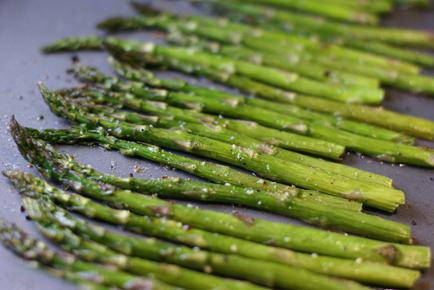By: Maria

Halloween is here and will be behind us before you know it - which means Thanksgiving and Christmas are looming, which also means we begin the perilous journey through the season of sugar. There are alarming statistics out there that the average American can put on 5-10 pounds during the holiday season! I like to think those of you reading this blog and following the Salus lifestyle are above average and perfectly able to rise above those statistics with a little help from us - you with me here??
Let's not be part of that statistic - deal??.
Realistically, some (or many) of us will be attending holiday gatherings, office parties, family functions where the main focus of the celebration will be food - unfortunately, that food will be the exact source of the 5-10 pound weight gain.
In order to avoid being part of that statistic, here are a few tips to help navigate through the peril:
Halloween: We are doing something different at our house this year - serving hot apple cider and 100% beef hot dogs. For those that refuse to stray from tradition and have purchased candy, throw away any leftover candy so you don't have the tempation sitting on your counters - it WILL be eaten! I would suggest to take it to work to share with others, but if I wouldn't encourage you to eat it, I wouldn't encourage you to share it with fellow friends. Be kind to them also.
If you haven't purchased your candy yet - hooray! You have avoided the temptation of candy bags sitting around waiting to be eaten. Alternatively, if there is such a thing, purchase candy that you do NOT like - this way, the temptation will not be an issue. .
Thanksgiving Meal: Load up on your protein source first with a healthy dose of green salad and veggies that are not loaded with sugars, processed creams, etc. If you're hosting the meal, make every delicious dish only with real food and make some gluten-free rolls/dessert - you will NOT regret that. If you will be eating the meal elsewhere, why not bring one or two dishes that you have prepared and load up on the turkey and your own dish, that way, when dessert is being served, you can have a small piece without having had sabotaged yourself completely. Better yet, make a gluten-free dessert to bring (and there are PLENTY of delicious ones)!
Christmas Meal: Same rules apply here. Whether attending or hosting your Christmas dinner, make a commitment to prepare healthy alternatives to the traditional menu items. You would be surprised how delicious those meals can be and everyone will be happy to know they are eating clean, real food!
Parties: Eating a full meal before heading to the party will alleviate much of the temptation to overindulge in unfavorable foods. If you drink alcohol, have a glass of water prior to the alcoholic beverage. If you are going to eat, choose good foods like shrimp cocktail and raw veggies. Or, it's easy to bring a plate of appetizers for everyone to share - that way, you control ingredients.
If you make a commitment to yourself (challenge your spouse/friend to do this with you - it helps!) and adhere to eating real foods the majority of the time through the Season of Sugar, you will still be able to enjoy those cheats without having to dig yourself out of a deep nutritional grave. Don't make choices that will put you in the weight-gaining statistics!
Keep checking back for upcoming recipes that will make holiday meal planning healthy, nutritious and delectable!


















